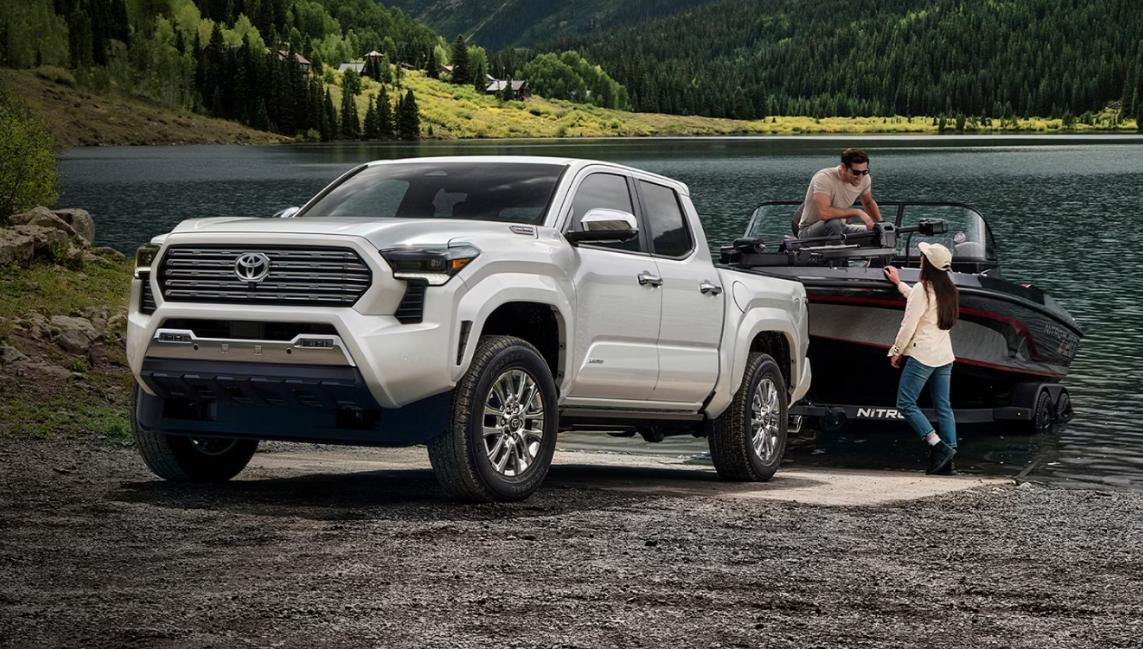According to foreign media reports, Robert Karwel, a Canadian analyst at J.D. Power, has noted that as the tax-exempt inventory of U.S.-manufactured vehicles is gradually sold out, it is being replaced by cars subject to tariffs of up to 25%. This has led to a significant increase in new car prices in Canada starting in June. Karwel mentioned that while J.D. Power had previously estimated a price increase of up to CAD 6,000 per vehicle in March (prior to the U.S. tariffs), the latest assessment has adjusted this expectation downward due to changes in tariff policies. Based on an analysis of the new tariff policy implemented by U.S. President Trump in early April, it is expected that the average transaction price for vehicles in Canada will rise by 4%, approximately CAD 2,000, increasing the average price of new cars from CAD 49,000 to about CAD 51,000. He emphasized that this forecast is based on the worst-case scenario assumption (i.e., that the tariff costs are fully passed on to consumers), and the actual increase could be lower. Karwel analyzed that "automakers will absorb part of the tariff costs to ensure the stability of annual sales targets and production planning for specific models." However, he stressed that currently, the distribution of tariff costs among various parties remains uncertain—how much the automakers will absorb, how much will be passed on to consumers, or how much dealers will 'bear' are still unknown. "The final cost allocation pattern is expected to become clear by the end of the second quarter or the third quarter." He stated, "The impact of tariffs is not uniform; some brands are unaffected, while others may see price increases approaching 8%. Most brands have an existing inventory cycle of about 60 days, and it is expected that the impact of tariffs on retail will become evident as the sales peak season begins in June." The impact of tariffs also varies by model. Karwel noted that pickup trucks and mid-size and full-size SUVs are the most affected by tariffs. "Many of these models from various brands are produced in the U.S., subject to the Canadian counter-tariffs." According to data from DesRosiers Automotive Consulting, 41% of vehicles sold in Canada in the first quarter of this year were produced in the U.S. J.D. Power's downward adjustment of tariff impact estimates is primarily based on two key factors: first, automakers have flexibility in shifting production capacity; second, significant adjustments to the Canadian government's counter-tariffs implemented on April 9, which exempted Canadian and Mexican components contained in U.S.-produced vehicles, significantly lowered the applicable tax rate. However, the duration of tariffs between the two countries remains uncertain. The Canadian government has clearly stated that it will cancel counter-tariffs if the Trump administration lifts its automotive tariffs. Although the U.S. has yet to signal any compromise, senior figures in the Canadian automotive industry have indicated that calls for trade easing are growing domestically. Meanwhile, Trump's overall tariff policy is also facing judicial review in the U.S., as a ruling from the U.S. International Trade Court could potentially end the so-called "global parity tariffs," although this ruling has no direct impact on the automotive tariffs imposed by the U.S. Karwel predicts that while new car transaction prices in Canada will experience a slight increase in the coming weeks, consumers may find it difficult to clearly perceive the specific increase. Automakers may not directly raise sticker prices but instead reduce promotional expenditures to offset all or most of the tariff costs. He pointed out that Canadian dealers currently offer an average of CAD 5,000 in cash and non-cash incentives, leaving room for automakers to reduce promotional space without adjusting sticker prices.
New Car Prices in Canada Expected to Rise Due to U.S. Tariffs

Share this post on: